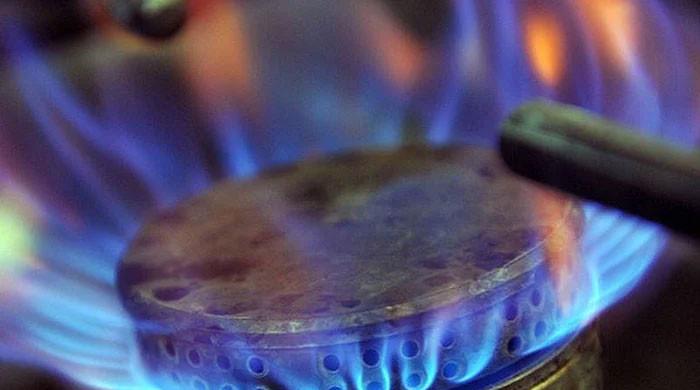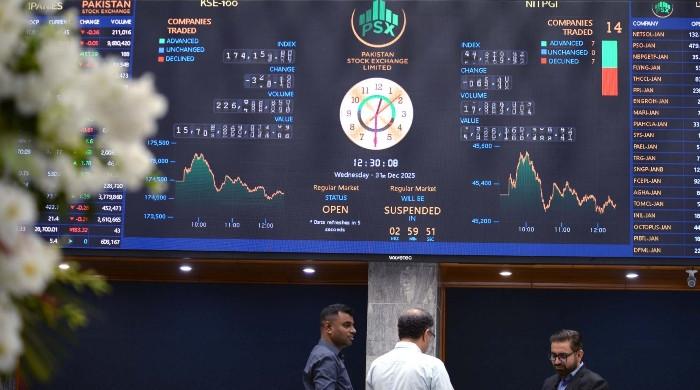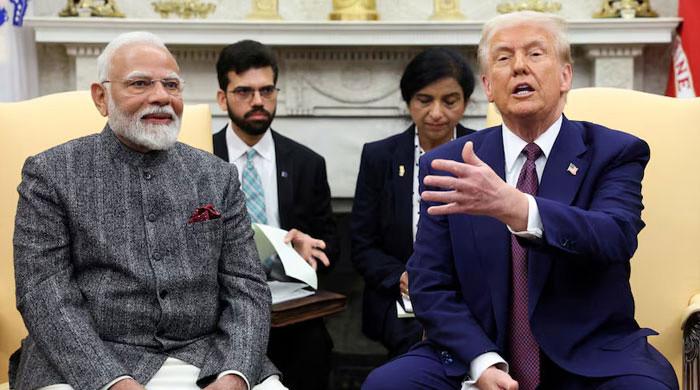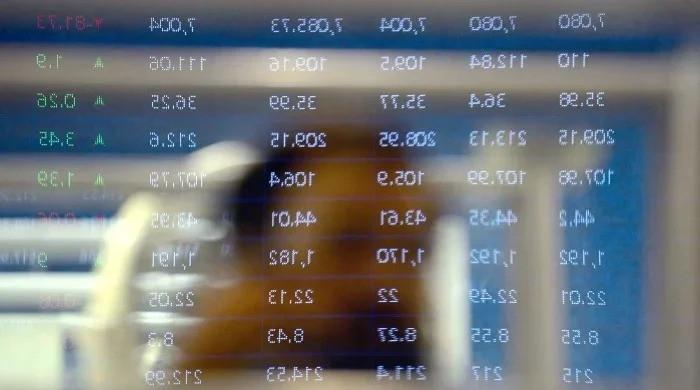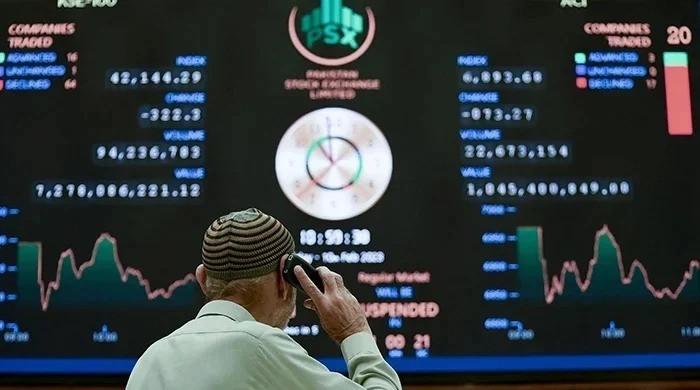The roots of recurrent economic crises
Once again, the symptoms of a financial crisis have become apparent
October 26, 2017
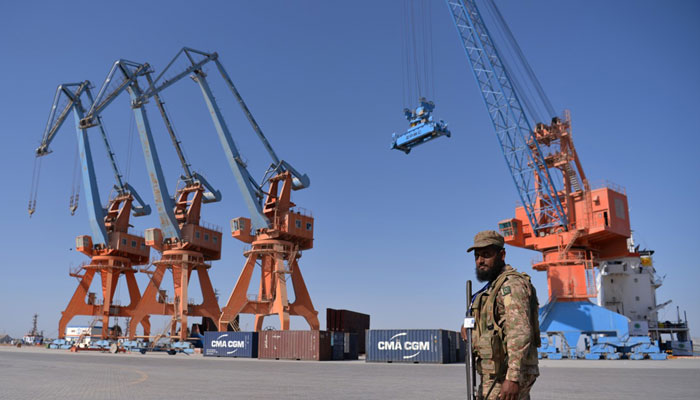
Once again, the symptoms of a financial crisis have become apparent. Over the last year, the deficit on the current account of the balance of payments has shot up by 150 percent, from USD 4,867 in the year 2016 to 12,120 in 2017.
In a situation where export earnings are declining and import expenditures rising, it is not surprising that the trade deficit has also increased sharply, by 35 percent over the year 2016-2017. At the same time, with a large increase in the stock of foreign debt, the annual debt servicing burden has jumped by 38 percent. In view of these facts, civil society and the military have expressed concern.
Yet the current pressures on the foreign exchange front are not new. In fact, Pakistan’s history shows that a balance of payments crisis is a recurrent phenomenon. Let us first indicate why the present worries about the emerging financial crisis are justified and then briefly discuss the roots of this economic malaise.
While it is true that Pakistan has now reached its historical trend rate of 5.2 percent GDP growth after nine years of relatively slow growth, the emerging financial fragility is a constraint to the sustainability of high economic growth. As the literature on the New Institutional Economics shows, the feature that distinguishes undeveloped from developed countries is that developed countries are able to sustain their per capita income growth over long periods of time while undeveloped countries are unable to do so.
There is a worst-case scenario that our policymakers must keep in mind if only to spur them on to addressing the emerging financial crisis before it mutates into a full blown economic crisis. With a sharply rising deficit on the current account, depleting State Bank reserves and dangerously high debt levels, there is a potential danger of an exchange rate collapse. If, God forbid, this happens then inflation can shoot up due to a huge increase in the prices of imported inputs. Then, as international experience has shown, exchange rate depreciation and the inflation rate begin to feed off each other into a disastrous downward spiral towards economic meltdown: inflation rates can quickly reach three to four-digit levels. We have seen such hyper-inflation in a number of countries during the last three decades. For example, Israel in 1983 saw an inflation rate of 191 percent, Brazil in 1994 had a four-digit inflation rate of 2076 percent, while in Zimbabwe in 2008, prices doubled after every 24.7 hours.
Hyper-inflation following an exchange rate collapse can paralyse production in both the industrial and agriculture sectors as key imported inputs such as fertilizer, fuel, machinery and spare parts become unaffordable for farmers and entrepreneurs alike. Severe shortages of goods and services would be accompanied by very high levels of unemployment. Consumers would find that even goods and services of daily use such as food, clothing, electricity, medical services and transportation are either unavailable or are available at prices they cannot afford. In the absence of government measures to conserve State Bank reserves at an early stage of the crisis, the military would find it difficult to import spare parts for maintenance and routine replacement of its weapon systems or fuel to maintain mobility.
Hyper-inflation combined with widespread unemployment can result in destabilisation of both the economy and society and endanger the operational readiness of the country’s defence forces. This can lead to a breakdown of law and order and at the same time threaten national security. In view of this possibility, the expression of concern at Pakistan’s financial situation by our army chief is understandable. It is blindingly obvious that an economic crisis is a national security issue.
While current financial problems need to be urgently addressed, it is important to also take measures to bring about the structural changes necessary to maintain economic stability and sustain economic growth in the long run. The pattern of economic growth over the last seven decades is characterised by periods of relatively high growth followed by low or almost zero per capita income growth. For example, there was high growth (6.4 percent) during the government of General Ayub Khan (1960-68) followed by a growth slowdown (4.9 percent) during the Z A Bhutto period (1973-78); GDP growth accelerated once again to an average annual growth of 6.6 percent during the General Ziaul Haq government (1977-88).
In the following Benazir Bhutto-Nawaz Sharif period (1988-98), economic growth slowed down once again to an average annual of 4 percent, followed by another spurt of high growth (6.3 percent) during the Musharraf period (1998-08). In the subsequent decade (2008-17), GDP growth slowed down yet again to an average annual of 3.6 percent.
Evidence shows that each high growth period has been brought to an end following a balance of payments crisis. The proximate cause of these recurrent balance of payments crises has been the fact that export earnings could not keep pace with the high import expenditures required for high growth. Upon turning to the IMF for a quick fix, the government is obliged to follow policies of reducing import expenditures through a contraction of aggregate demand and a slowdown in GDP growth.
The question that arises is why Pakistan has been unable to generate an export growth high enough to finance the import expenditures required for sustained high growth. The fundamental reason for this is the export structure wherein most of the export earnings come from low value-added goods in both industry and agriculture. Manufactured exports come predominantly from the textile industry, and even there mainly from the low value-added end of the textile range. Now, the share of textiles in global export demand is shrinking as consumers spend an increasing proportion of their income on knowledge intensive goods and services.
To make matters worse, Pakistan’s share in world textile exports is declining. This is due to weakening competitiveness associated with inefficiency and inadequate quality of textile production. In the case of agriculture, the main exports are rice and raw cotton, rather than the higher value-added goods such as dairy products. Thus, it is the failure to diversify exports into high value-added knowledge intensive goods and services that constrains export growth and thereby prevents growth sustainability.
The immediate challenge is to quell the financial crisis. At the same time, to prevent a recurrence of such crises in the future, it is necessary to formulate and implement without delay a national economic action plan. The aim of such a plan should be to bring about changes in the institutional structure and build organisational capacity for inclusive and sustainable development.
The writer is dean, School of Humanities and Social Sciences at the Information Technology University Lahore. Email: [email protected]
Originally published in The News




